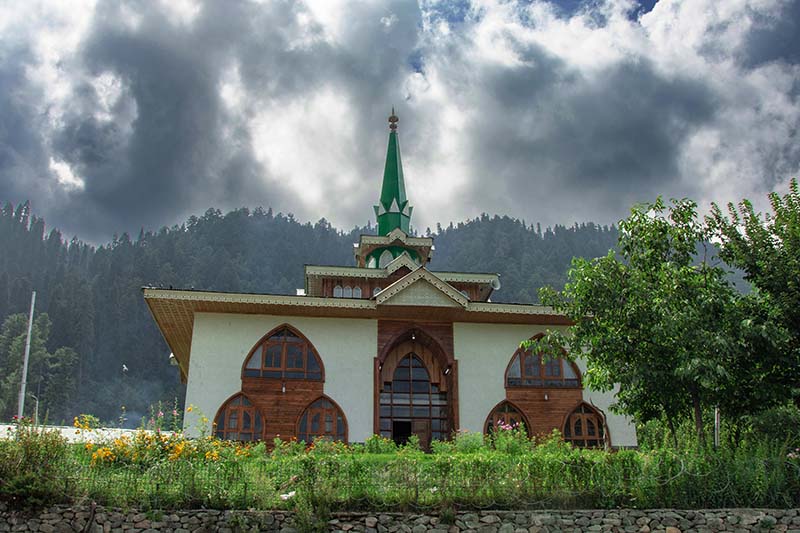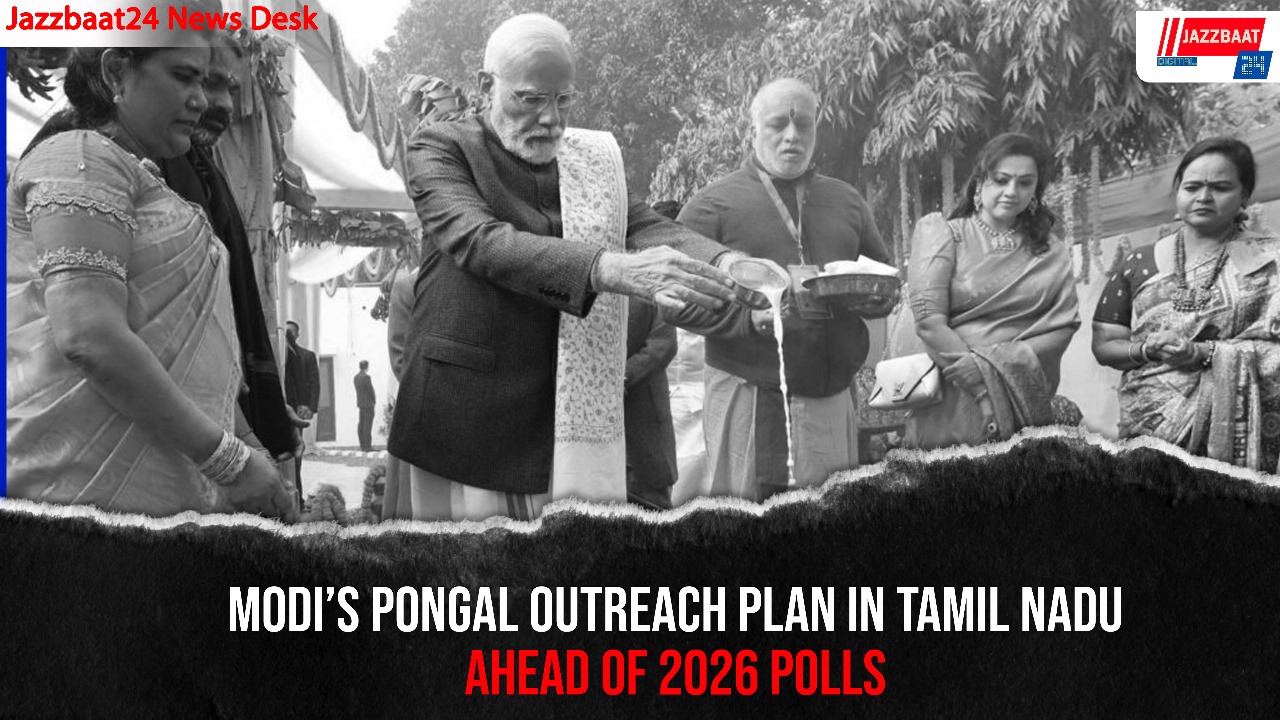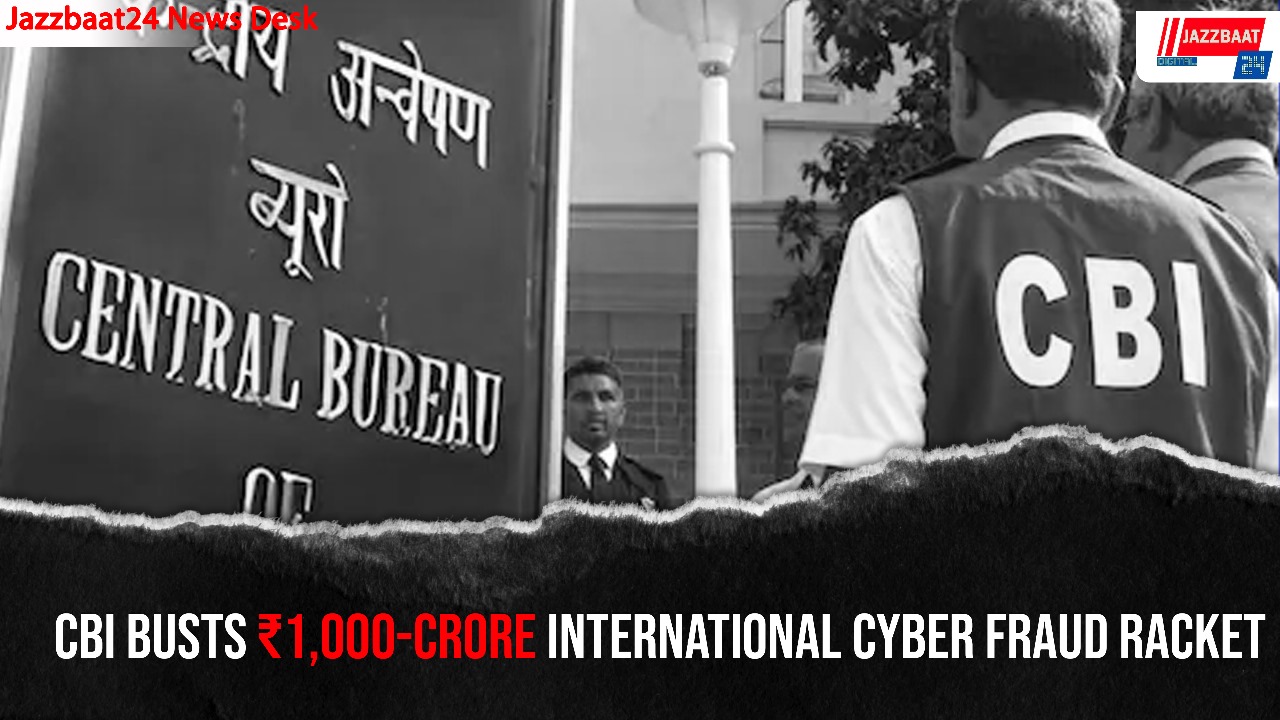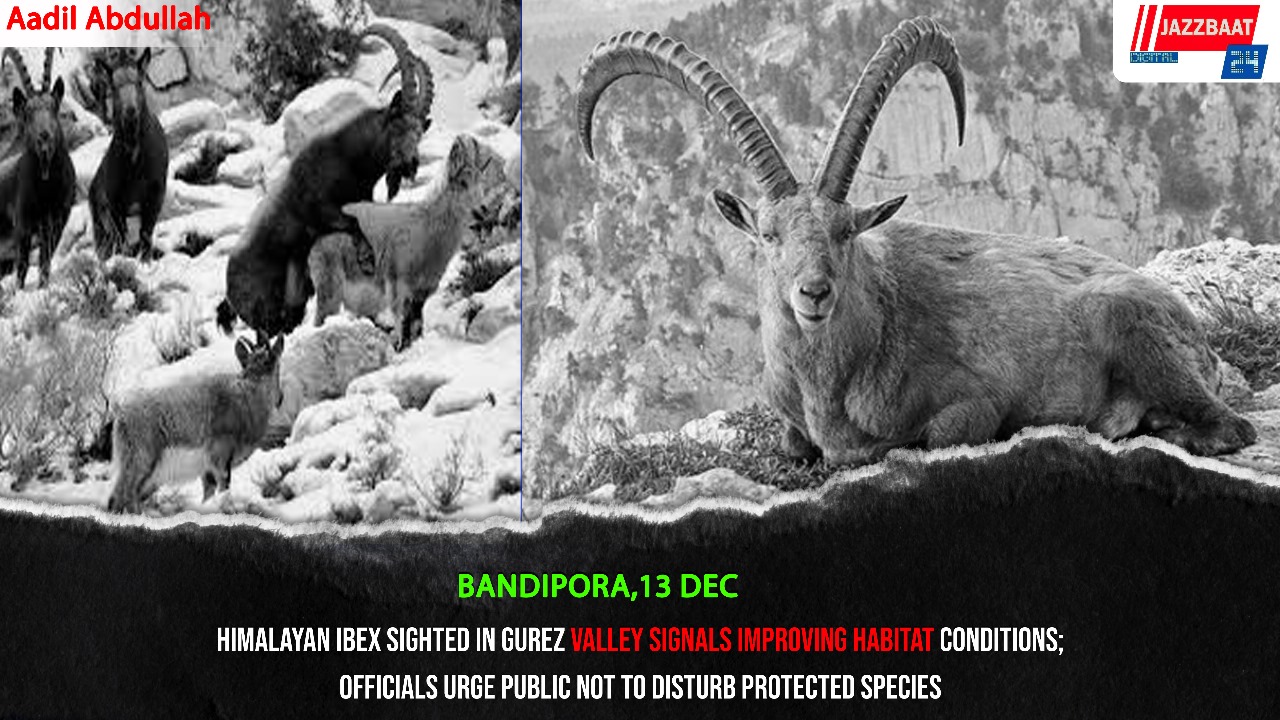Dambur/Daan was an essential thing for every household in the
older times. It was the necessity, but nowadays this “Dambur” or “Daan” is not
used in the Kashmir valley the way it was used before but is still used
in some city outskirts or in mountain areas. However, people belonging to the
far flung area or the “Gujjar Community” still have Dambur in use because of
the unavailability of electricity and unavailability of modern equipment.
There is a superstitious saying about “Dambur”. It is said
when “Dambur” was first constructed many people used to come from different
parts of the valley to visit the shrine and plaster it. They believed when they
plaster it their wishes would get fulfilled. “Dambur” or
“Daan” is a structure which was used for cooking food mainly. The cooking
process used to take place on Dambur in the kitchen on a wood fire. This
Dambur is however still used in many parts of the country.
Many believe that Dambur was and still is the most important
part of the Kashmiri culture which is getting forgotten each passing day. People who have used Dambur believe that cooking food on it not only
makes the dishes tastier but also helps keep the house warm during the harsh
winter months.
Atiqa Bano, a local from BotaKadal area of Srinagar believes
that Dambur will be a thing of the past in coming years as the current
generation has no idea about what Dambur is or how it is used. “This generation is spoiled by the new innovations and the technologies,
they have no idea how harmful these easy to look and use things are,” said
Atiqa.
Things like electrical gas stoves, electrical induction
cookers, rice cookers, heaters are mostly used by the people in Kashmir
nowadays. These appliances not only make the work easier but also are less time
consuming. But the older generation believes that the usage of these electric
items is harmful and also the reason for many diseases including the diseases
related to heart and stomach. Atiqa believes that the current generation
women are not hard-working and love easy to do work. “For the sake of getting the work done at the earliest, these women are
risking their health,” said
Atiqa said, “It used to take hours all together to get the
food prepared, it was time consuming but it was worth it, it was healthy and
also the taste of food was worth remembering.” Not only Atiqa but many other people maintained
that the food cooked on Dambur is not just healthy but is also delicious with
completely different taste. Atiqa’s
daughter, Fatima siad, “Nothing can match of taste of the food cooked on
Dambur, especially the Rajma Dal or Dum Aloo.”
“People these days cook these dishes in pressure cookers and
it gets ready in 30 minutes. One must taste the Rajma Dal prepared on Dambur,
if one does they will never eat rajma prepared in cookers,” said Fatima. She said, “Initially the food cooked on Dambur was cooked in earthen
pots, it added to the taste of the food even more.”
Experts believe that the food cooked in earthen pots is rich
in nutrients as they maintain the moisture, taste and smell of the cooked food. Just a few years ago Dambur was to be seen in each household but today
it is nowhere to be seen.
“Even if it is present in some houses, it is not functional.
I have a Dambur at home but we don’t use it anymore, however, I still beautify
it,” said Fatima. Dambur/Daan has been a lifesaver
for both Atiqa and Fatima once. “Some
years back, it was snowing heavily and we ran out of gas, which is a necessity.
Gas was not available anywhere in the market and there was no chance to wait
for days and that was when we used Dambur almost after a span of 9-10 years.”
She said, “In my childhood, what I liked about Dambur was its
cleaning part. Dambur was to be cleaned once a week and as a child I used to
keep waiting for the day. “It was cleaned with water, and after it was cleaned
it was to be given a finishing touch with mud and water with a jute bag, it was
fun for me as I used to love it,” said Fatima.
Fatima believes Dambur’s are still available in villages,
even if they are not used but there are rarely any households in Srinagar where
one can find Dambur. “There must be hardly any family
in the city where one can find dambur, everything about the city is modern, we
can only see concrete everywhere.”
She said, “Cities have more technology and everything has
been replaced by new innovative technologies, I have no idea how my home was
modified within years, everything in my house was replaced by fancy items but I
insisted my family to at least keep Dambur even if we don’t use it.”
Abdul Salam, a bakerwal said it is easier for us to use
Dambur as it is free, we have easy access to the wood and that is the only
investment in lighting Dambur.“We live in forests most of the time, we are
always surrounded by wood, gas is not easily available and also it is highly
expensive,” Salam said. He said, “We live a simple life
and Dambur is a life saver for us. We not only prepare food on it, but it also
keeps our houses warm, we do not really feel cold, particularly during these
harsh winter months.”
According to people, both cow dung and firewood were used as
fuel in Dambur. However, the health experts believe that cow
dung should be used instead of firewood, wood or coal as these are not good for
the human respiratory system.
Kashmiri Dambur/Daan Kuth (Room) is also called
"Sul-aa-har”,"Sulaa" means to resolve any dispute and
"har" means dispute. This was a unique and comfortable room where
every member in the family used to get together and enjoyed food together.
According to the sayings, in old times people used to prefer
joint families and there were likely to be more fights within the families.
They say whenever there was any type of conflict in the family within the
family members , all things were resolved in this room, thus given the name
“Sul-aa-har”.
With changing times, Dambur has been replaced by
new innovative technologies which are easy to use for the people but there are
still many uses of Dambur which makes it better than every new technology and
its replacements.
Dambur involves the use of earthen pots, which naturally adds
to the flavor of the dish. According to experts, food cooked in earthen pots is
nutrient-rich, as they help maintain the moisture and the aroma of the cooked
food.
The best thing about preparing food on Dambur is that it
takes time to cook food because of the very less heat the food cooked never
loses its moisture and nutrients.People believe having a Dambur at home keeps
the house free from mosquitoes and insects. Atiqa wishes for the revival of traditional
Dambur/Daans.
She said, “Religiously, I believe these Dambur/Daans bring us barkat. We must all have dambur’s at our places.” “If dambur’s will be used again, people will live a healthy lifestyle,” she said.





